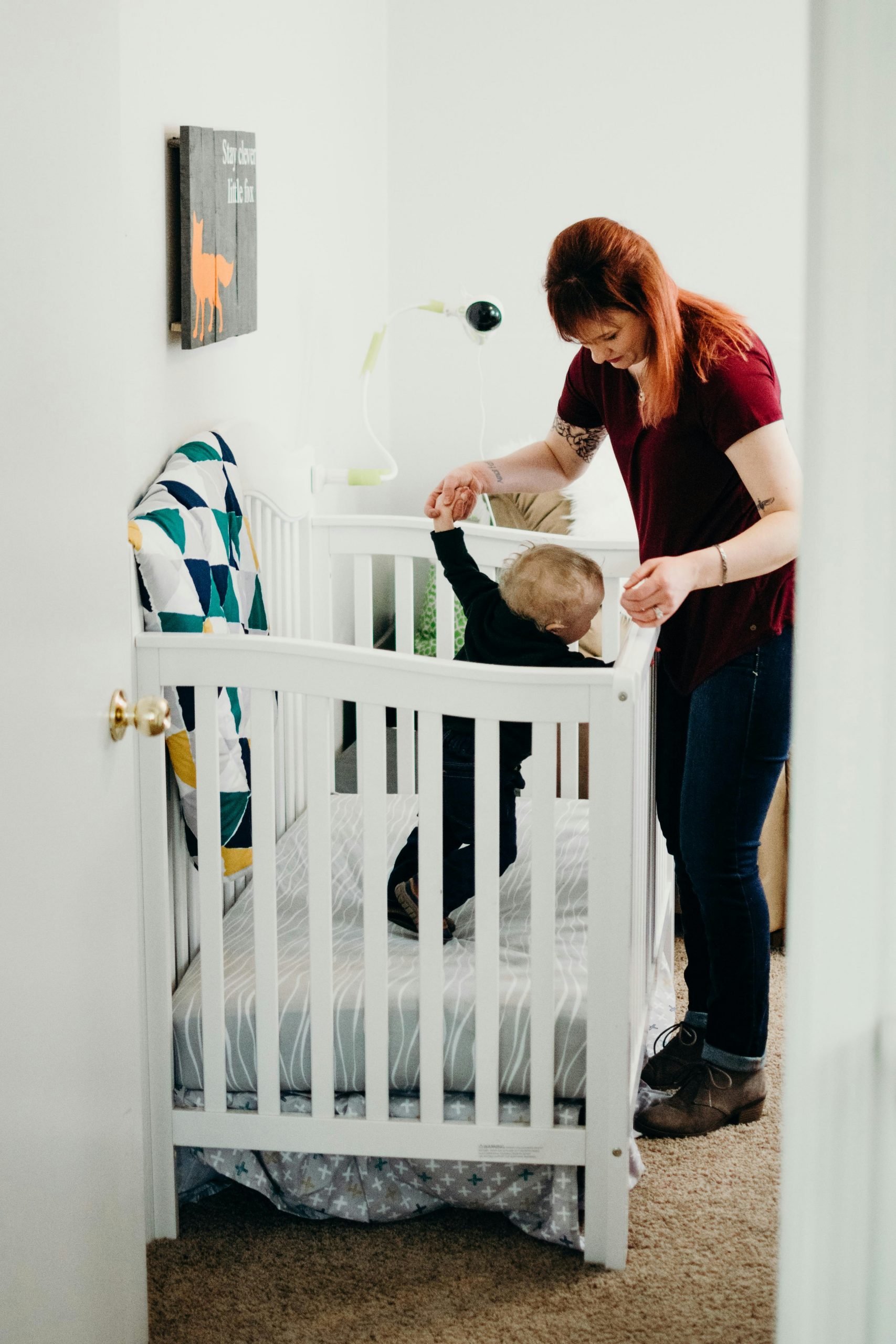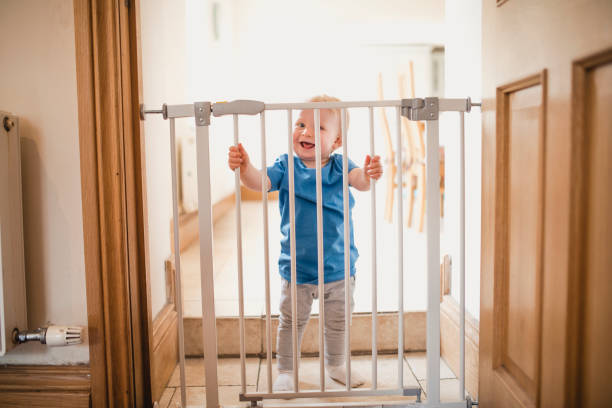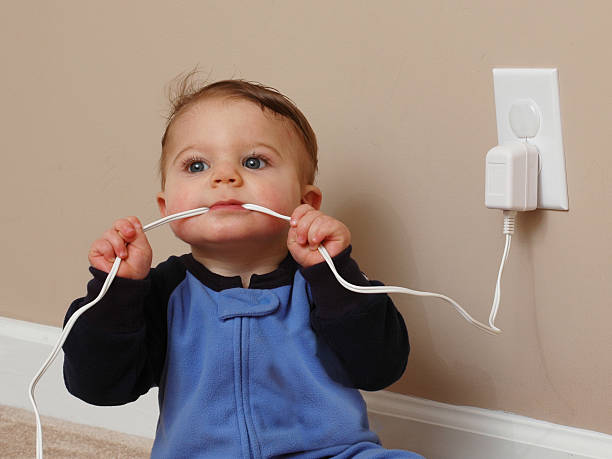Having kids comes with a lot of changes, and these changes come fast. Before you know it, your tiny baby will become a lot more mobile—rolling, crawling, or even pulling themselves up to stand. Baby-proofing your home is essential to keep your little one safe.
When to baby-proof your home
A bundle of joy at home can sometimes be fun to have around, but once they start being on the move, you may discover more safety issues than you knew existed in your space. Identifying these possible safety hazards and creating a safe environment for your child is the key to a successfully baby-proof home.
Knowing when to baby-proof is vital, and this gives you time to safety-check the house. Essentially, baby-proofing from day 1 is important, as each step of your little one’s infancy, toddlerhood, and childhood brings its challenges. So, it is wise to begin the process on the early side rather than putting it off.

Image Credit: Unsplash
How to baby-proof your house
An on-the-go curious baby means you will have to baby-proof every inch of your home to keep it safe. These little explorers love staying on the move and will want to explore every room of your home. Knowing what needs to be baby-proofed is important.
Secure furniture: Make sure that all furniture and large household items, such as bookshelves, televisions, and lamps, are stable and secure from pulling. Cover the corners of tables and cabinets so kids don’t knock their heads.
Cover electrical sockets: Toddlers love to stick their tiny fingers and toys into any small spaces they can find. Be sure to baby-proof your electrical sockets by using covers to help prevent any electrical accidents from happening. Keep electrical cords out of sight to avoid being pulled.
Install baby safety gates: Once your baby starts to crawl, safety gates are a saviour, especially for upstairs homes. You’ll want to install a safety gate at the top and bottom. Baby safety gates can also be used to close off rooms or areas that you don’t want your little one getting into.
Have cabinet locks: You may also need to baby-proof cabinet doors and keep them locked to keep most items out of your child’s reach.

Image Credit: Unsplash
The bottom line is keeping your child safe at all times during all growing stage developments. That’s why baby-proofing your house is crucial to help prevent accidents at home.
ALSO SEE:
Home power backup systems – electrical engineers answer your questions
Feature image: Unsplash


